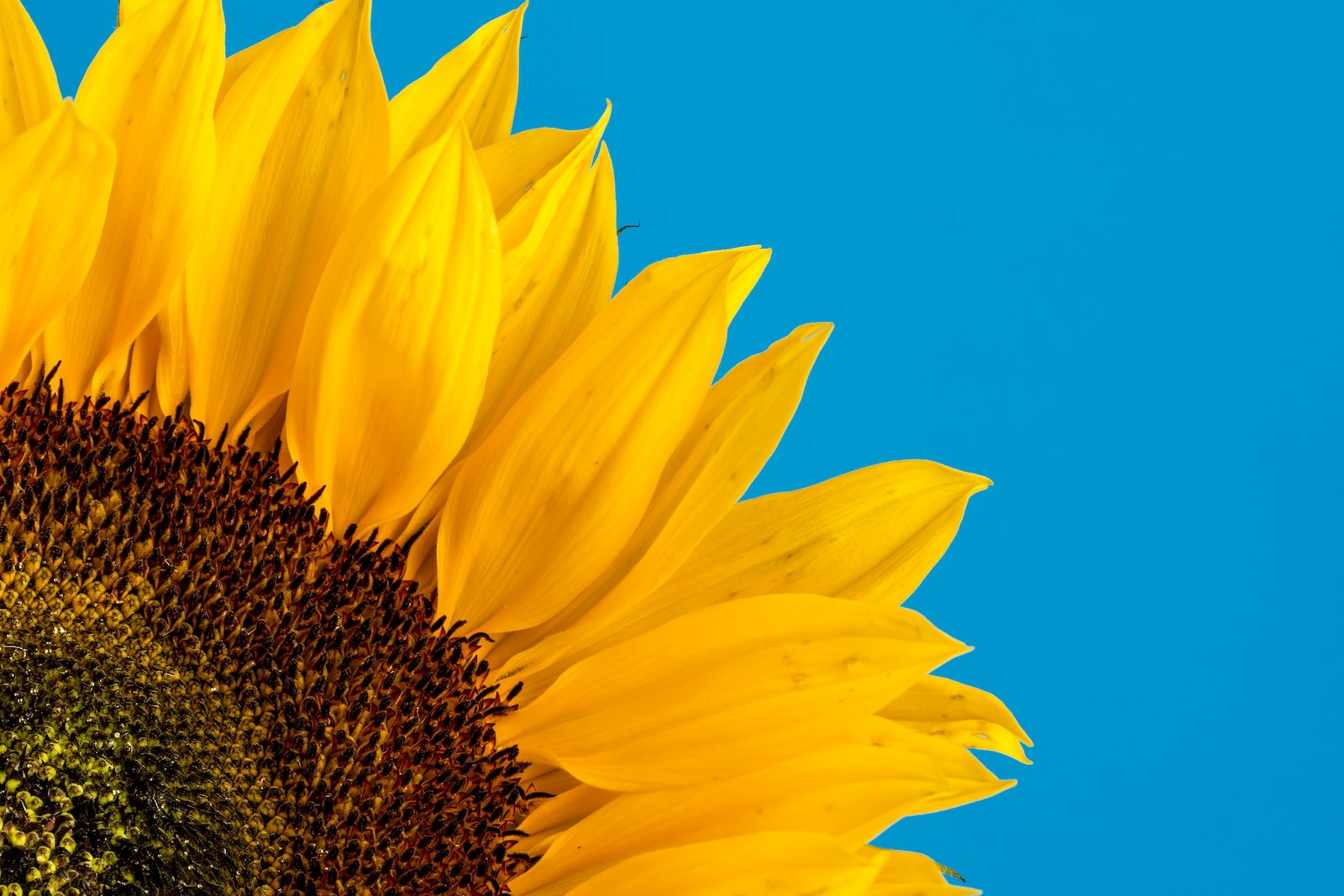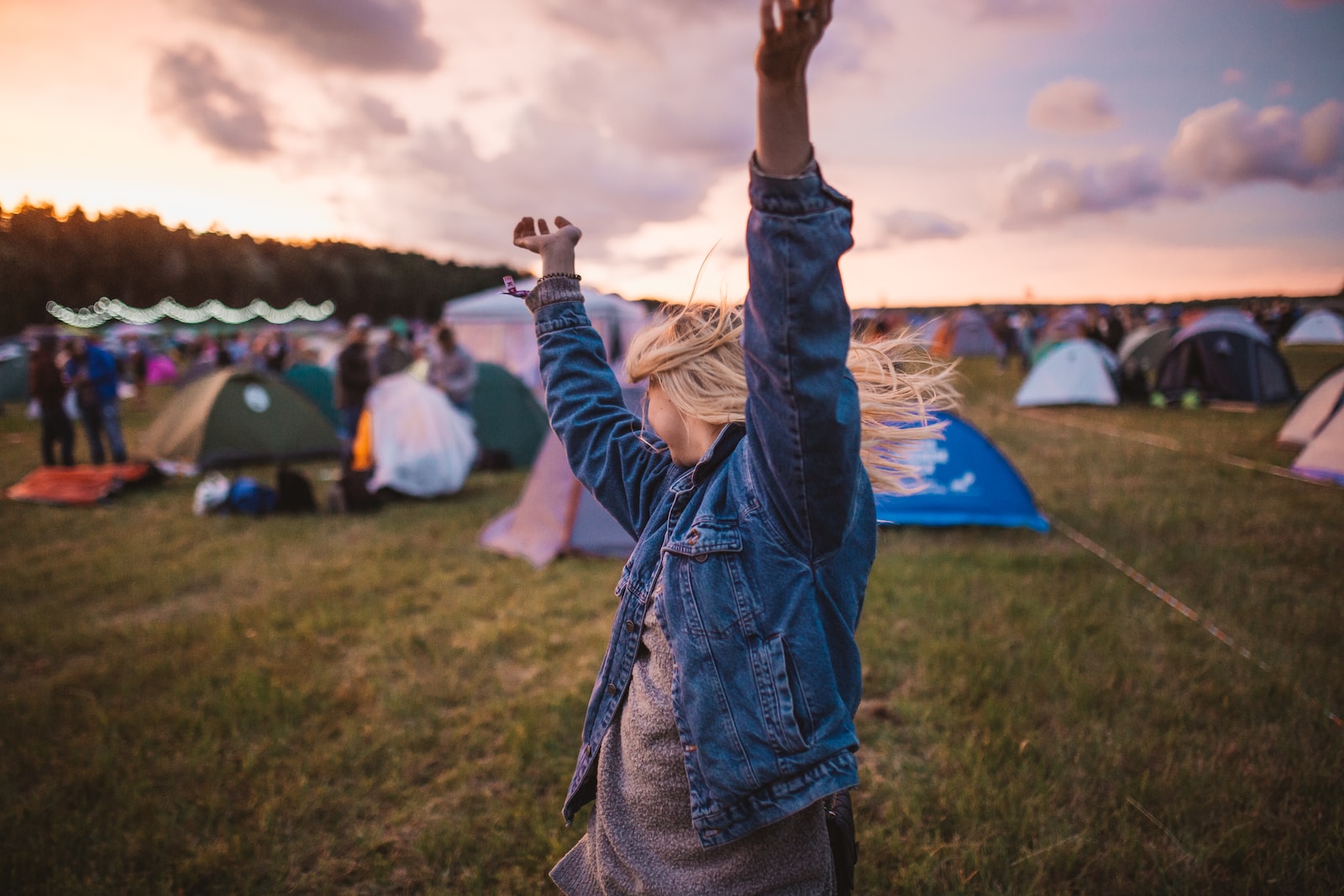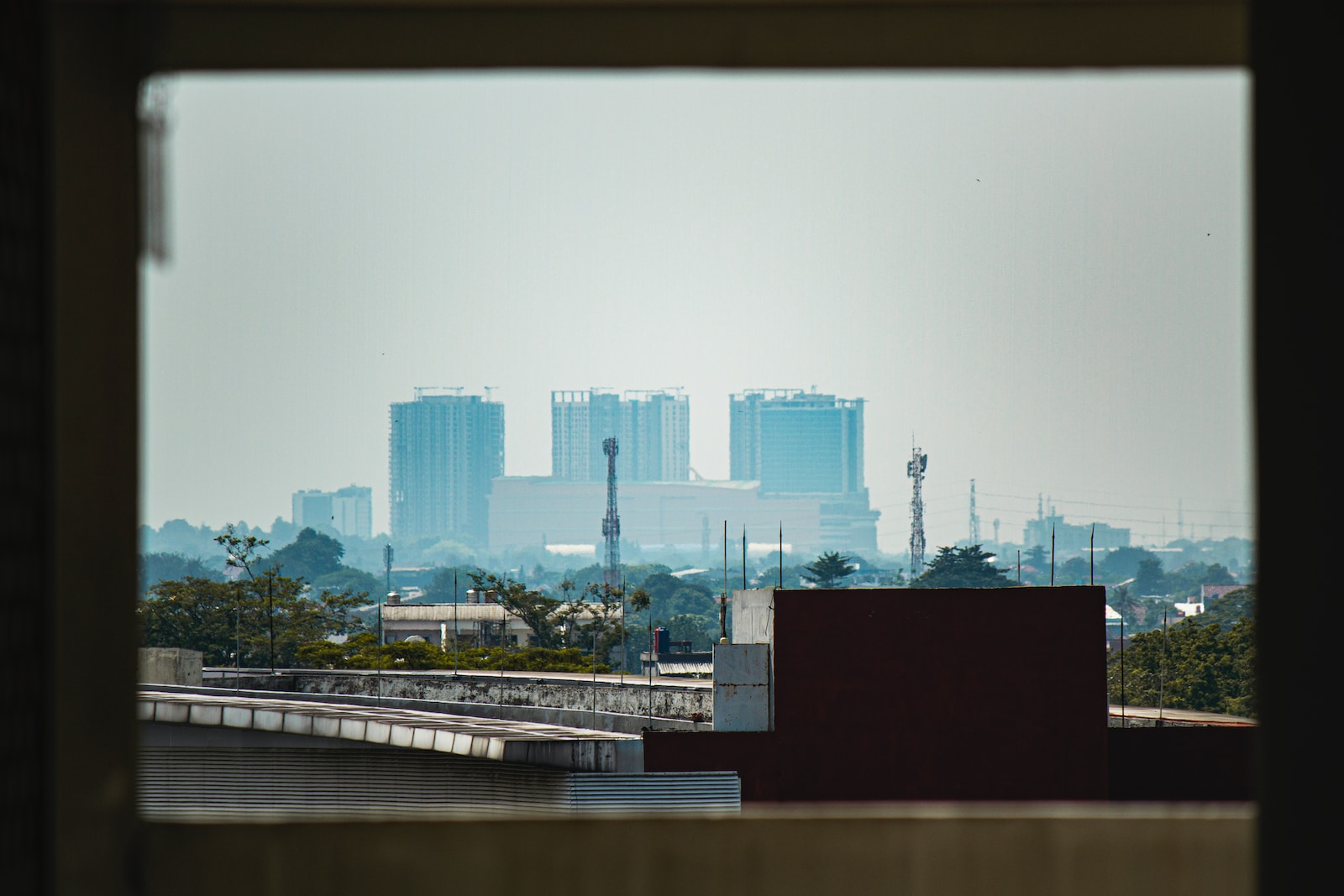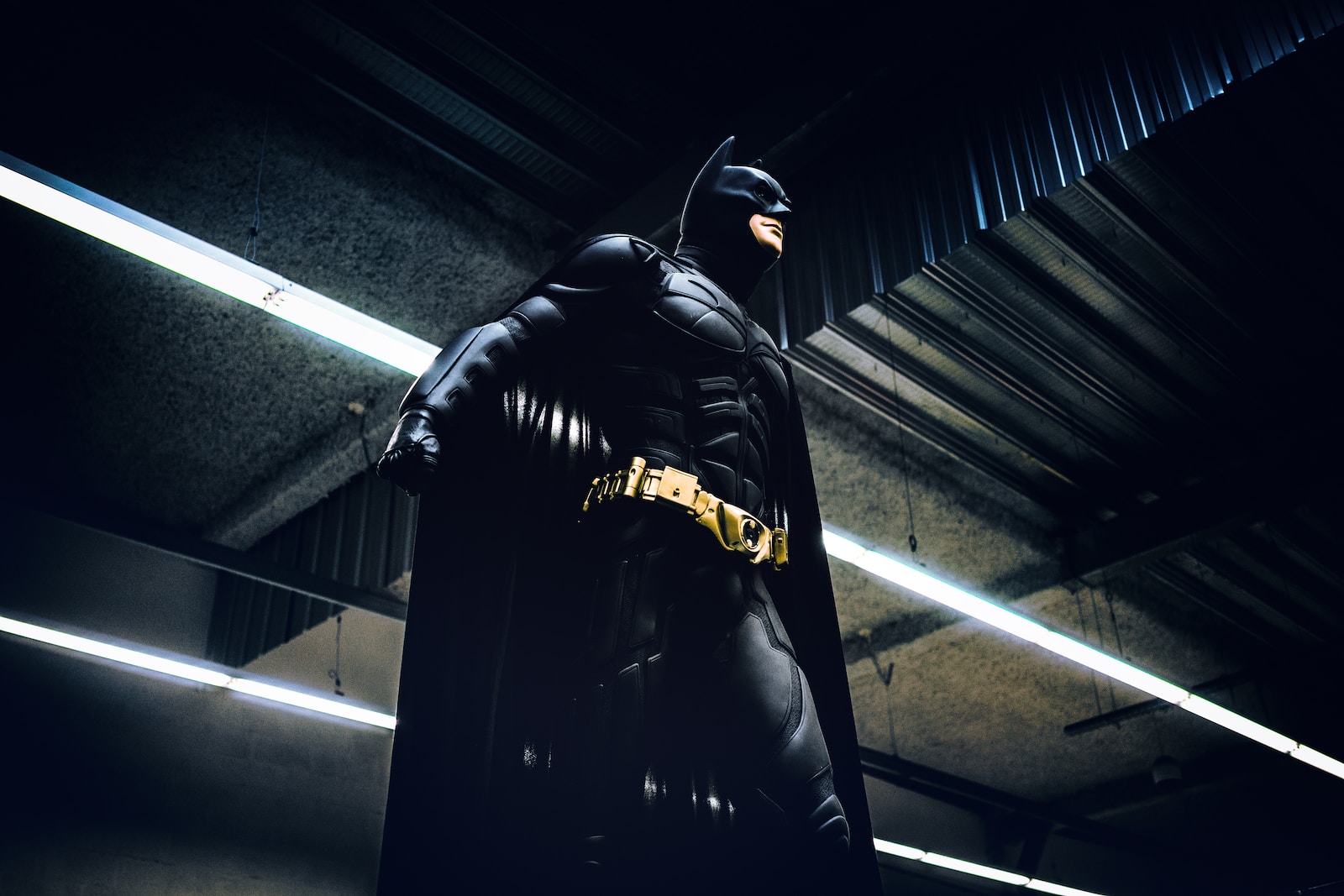Welcome to my blog, where we delve into the fascinating world of photography and explore the incredible power of contrast. In this article, we will uncover how contrast can breathe life into your photographs and add a visual punch that captivates viewers. Prepare to be inspired as we delve into the intricacies of contrast in color, tone, texture, and shape. Discover techniques that will elevate your photography to new heights and wow your audience with stunning images that command attention.
Table of Contents
- Understanding Contrast
- The Basics of Contrast in Photography
- Putting it into Practice: A Relatable Story from a Photographer
- Frequently Asked Questions
- What is contrast in photography?
- How does contrast enhance photography?
- What is color contrast in photography?
- What is tone contrast in photography?
- How can texture be used for contrast in photography?
- How can shape create contrast in photography?
- What are some techniques to effectively use contrast in photography?
- How can contrast be adjusted in post-processing?
- Wrap Up
Understanding Contrast
Contrast is a fundamental element in photography that involves juxtaposing different elements to create visual interest. By incorporating contrasting elements, photographers can draw attention to specific areas of their composition, enhance depth and definition, and evoke powerful emotions.
The Role of Color Contrast
Color contrast refers to the difference in hue, brightness, or saturation between different colors within an image. By combining colors that are opposites on the color wheel, such as blue and orange or red and green, photographers can create striking and dynamic images that instantly grab attention. Experimenting with color contrast allows you to play with the visual impact of your photographs and make them truly stand out.
Utilizing Tone Contrast
Tone contrast involves manipulating the brightness and darkness within a photograph to create visual interest. By incorporating dark and light areas, photographers can generate a sense of drama, depth, and dimension. This technique is particularly effective in black and white photography, where shades of gray can be used to create a truly compelling image.
Exploring Texture Contrast
Texture contrast adds depth and tactile quality to your photographs. By juxtaposing smooth and rough surfaces, or capturing the intricate details of a subject, photographers can create captivating images that invoke a strong sense of touch. Texture contrast can transform a two-dimensional photograph into a multisensory experience, allowing viewers to almost feel the textures within the image.
Playing with Shape Contrast
Shape contrast involves contrasting different shapes within a composition to create visual impact and interest. By incorporating both organic and geometric shapes, photographers can create a dynamic interplay that adds energy and intrigue to their images. Experimenting with shape contrast allows you to create striking visual arrangements that guide the viewer’s eye and convey your artistic vision.
Did you know that the concept of contrast is derived from the Latin word "contrastare," which means to stand against or oppose? Just like in photography, contrast in our world emphasizes the beauty in differences and enhances the overall visual experience.
The Basics of Contrast in Photography
Contrast is a powerful tool in photography that allows you to create visually striking and impactful images. By understanding the various aspects of contrast, such as color, tone, texture, and shape, you can take your photography to the next level. Here are some tips and techniques on how to effectively use contrast to enhance your images.
1. Color Contrast
Color contrast is created by placing colors that are opposite each other on the color wheel together in an image. This technique helps to create vibrant and eye-catching photos. Experiment with using complementary colors, such as blue and orange or red and green, to create a strong visual impact. Keep in mind that color contrast can also be achieved by using different shades and intensities of the same color.
2. Tone Contrast
Tone contrast refers to the difference in brightness between different areas of an image. It can be achieved by incorporating light and dark tones into your composition. For example, you can create a striking and moody image by juxtaposing areas of deep shadows with areas of bright highlights. Pay attention to the distribution of light and shadows in your scene, and use it to your advantage to create depth and drama in your photos.
3. Texture Contrast
Texture contrast refers to the difference in the texture or surface quality of different elements within an image. By incorporating contrasting textures, you can add interest and dimension to your photographs. For instance, you could capture the smoothness of a flower petal against the roughness of a tree bark. Look for opportunities to highlight contrasting textures in your subject or the surrounding environment.
4. Shape Contrast
Shape contrast involves the juxtaposition of different shapes within an image. It can add visual interest and create a sense of tension or harmony. Experiment with combining different shapes, such as squares and circles or triangles and curves, to create dynamic compositions. Consider how the shapes interact with each other and how they lead the viewer’s eye through the image.
Putting it into Practice: A Relatable Story from a Photographer
As a photographer specializing in landscape photography, I have always sought to create images that evoke a sense of awe and wonder. One way I achieve this is by harnessing the power of contrast. I vividly remember a particular trip I took to the mountains, where I encountered a breathtaking scene of a snow-capped peak against a clear blue sky.
The color contrast between the pristine white snow and the vivid blue sky immediately caught my attention. I knew I had to capture this moment. By carefully composing my shot, using the rule of thirds to position the peak off-center and incorporating the surrounding trees to add texture, I was able to create a visually stunning image that highlighted the beauty and majesty of the scene.
Not only did the contrast in colors bring the image to life, but the contrasting textures of the snow and trees added depth and interest. The overall composition, with the triangular shape of the peak dominating the frame, created a sense of strength and stability.
By understanding and purposefully utilizing contrast in my photography, I have been able to elevate my images and convey the emotions and stories I want to share with my audience. Contrast has become an essential element of my creative process, allowing me to capture the essence and beauty of the world around us.
Contrast is a powerful tool that can transform your photography. By experimenting with color, tone, texture, and shape contrast, you can create visually striking and captivating images. Remember to pay attention to the various elements within your scene and how they interact with one another. Use contrast purposefully to enhance your compositions and convey your desired message. Embrace the power of contrast and discover the endless possibilities it offers to take your photography to new heights.
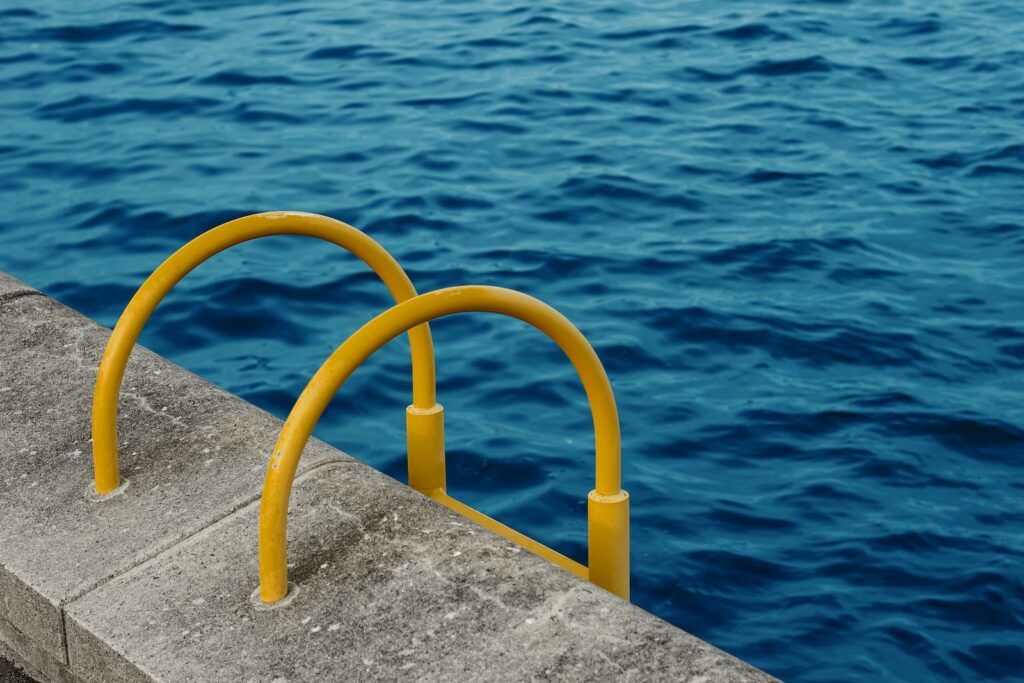
Frequently Asked Questions
What is contrast in photography?
Contrast in photography refers to the difference between light and dark areas, and the various elements within an image. It can be achieved through the use of color, tone, texture, and shape.
How does contrast enhance photography?
Contrast adds depth and visual interest to photographs by creating a dynamic relationship between different elements. It helps to define shapes, highlight details, and make subjects stand out from their surroundings.
What is color contrast in photography?
Color contrast in photography is achieved by combining colors that are opposite or different from each other on the color wheel. This can create vibrant and eye-catching images that attract viewers’ attention.
What is tone contrast in photography?
Tone contrast in photography refers to the difference in brightness and darkness between different areas of an image. It can be used to create dramatic lighting effects and emphasize certain elements within a photograph.
How can texture be used for contrast in photography?
Texture can add visual interest and depth to a photograph. By incorporating contrasting textures, such as smooth against rough or soft against hard, photographers can create compelling images with a tactile quality.
How can shape create contrast in photography?
Shape contrast in photography involves using different forms and silhouettes to create visual variety and interest. By juxtaposing different shapes within an image, photographers can create dynamic compositions that capture viewers’ attention.
What are some techniques to effectively use contrast in photography?
Some techniques to effectively use contrast in photography include:
- Using complementary colors or contrasting color schemes.
- Experimenting with different lighting conditions to create tone contrast.
- Seeking out and highlighting textures that contrast with each other.
- Utilizing strong geometric shapes and varying sizes for shape contrast.
How can contrast be adjusted in post-processing?
In post-processing, contrast can be adjusted using software tools such as Adobe Lightroom or Photoshop. This allows photographers to fine-tune the brightness and darkness levels in an image, further enhancing the contrast.
Wrap Up
Contrast is a powerful tool that can transform your photography from ordinary to extraordinary. By understanding and harnessing contrast in color, tone, texture, and shape, you can create visually stunning and dynamic images that captivate viewers. Remember to experiment with different techniques, such as using complementary colors for color contrast or playing with light and shadow for tone contrast.
Now that you know the power of contrast in photography, it’s time to put it into practice. Grab your camera, head out, and start exploring the world through the lens with a focus on contrast. Don’t be afraid to push boundaries and experiment with different subjects and styles to truly express your vision.
We would love to hear about your experiences with contrast in photography. Have you used any of the techniques mentioned? What results did you achieve? Feel free to leave a comment below and share your thoughts and images. Happy shooting!
